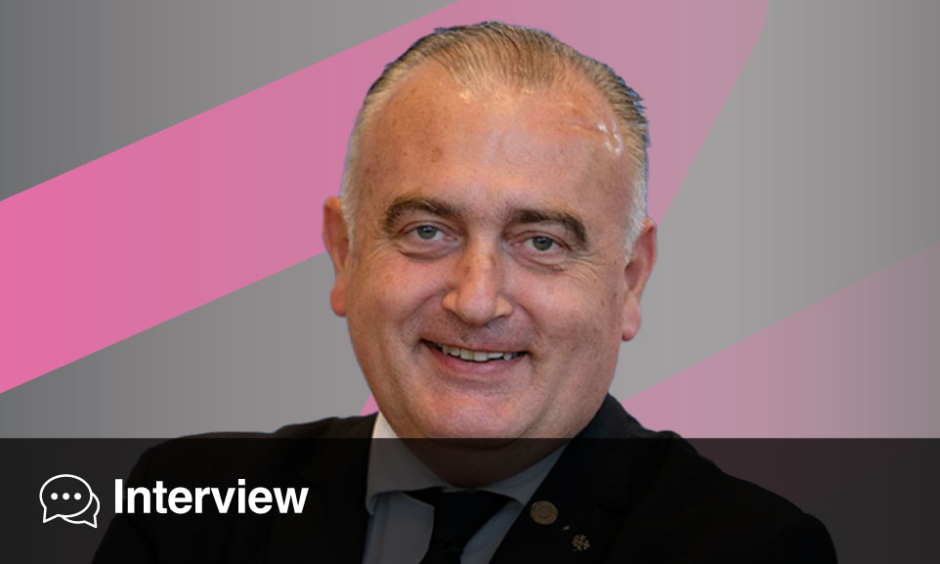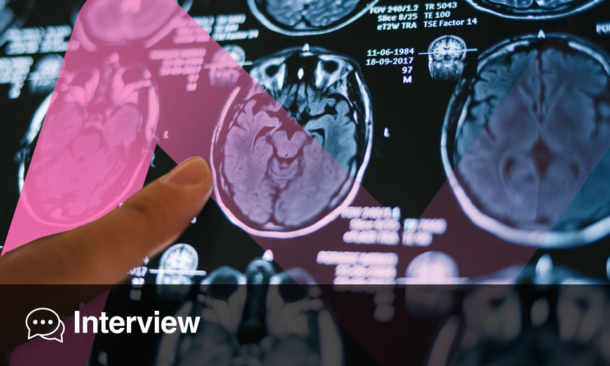Lukas Rasulic | Neurosurgeon, Full Professor at the Faculty of Medicine, University of Belgrade, Serbia; Head of the Department of Peripheral Nerve Surgery, Functional Neurosurgery and Pain Management Surgery, Clinic for Neurosurgery, University Clinical Centre of Serbia, Belgrade, Serbia; Secretary, European Association of Neurosurgical Societies (EANS)
Citation: EMJ Neurol. 2025;2[1]:65-67. https://doi.org/10.33590/emjneurol/ZMKC8113
![]()
EMJ spoke with Lukas Rasulic to explore the latest advances in peripheral nerve repair, the integration of functional neurosurgery, and the evolving role of collaborative care in improving outcomes for complex nerve injuries.
As Head of the Department of Peripheral Nerve Surgery and a leading expert in this field, what do you consider the most significant recent advances in peripheral nerve repair and reconstruction, and how are these changing patient outcomes?
Recent advances in peripheral nerve repair and reconstruction are significantly enhancing patient outcomes. Key developments include the transition from simple nerve repair to promoting functional regeneration through a better understanding of the molecular environment necessary for nerve growth. Bioengineered nerve grafts, such as synthetic conduits and decellularised allografts, enable tailored repairs while reducing the morbidity associated with traditional autografts.
Regenerative approaches, utilising mesenchymal stem cells and Schwann-like cells within scaffolds, combined with localised growth factor delivery, are facilitating faster and more robust axonal regeneration. Furthermore, the incorporation of electrical stimulation, both intraoperatively and via implantable devices, has been shown to enhance reinnervation.
Technological advancements like high-resolution imaging, tractography-enhanced MRI, and fluorescence-guided mapping have improved surgical precision in dissection and nerve localisation. Techniques such as targeted muscle reinnervation and regenerative peripheral nerve interfaces are now standard, particularly for preventing neuromas and aiding prosthetic integration.
These innovations collectively reduce recovery times and restore important sensory and motor functions, transforming the prognosis for patients who previously faced permanent disability. Ultimately, the convergence of bioengineering, neurobiology, and digital technology is redefining outcomes across various nerve injuries, enhancing both precision and recovery.
Your research and clinical work span both peripheral nerve surgery and functional neurosurgery. How do you integrate these specialties in complex cases, and what are the main challenges and opportunities at their intersection?
The integration of peripheral nerve surgery and functional neurosurgery is increasingly vital for managing complex cases, particularly involving neuropathic pain and motor deficits. These fields overlap when addressing issues like chronic pain or trauma recovery, where it is essential to both repair nerves and modulate how the brain interprets nerve signals.
Key challenges include determining the optimal timing for interventions, as nerve regeneration is time-sensitive, while neuromodulation often requires extended planning. Successful integration necessitates multidisciplinary collaboration and careful patient selection.
However, significant opportunities arise from this convergence. Techniques like nerve transfers and neuromodulation, including spinal cord or cortical stimulation, enable enhanced motor control and pain management. Moreover, innovations like brain-computer interfaces and bidirectional neuroprosthetics are closing the feedback loop between intent and movement, allowing for a more integrated and personalised approach to restoring function. This holistic strategy not only aims to reconstruct anatomy, but also to meaningfully improve functional restoration in terms of definitive patient outcomes.
How do you see the role of collaborative care, particularly integrating vascular, orthopaedic, and plastic surgery, evolving in the management of complex nerve injuries? What models or protocols have proven most effective in your experience?
Collaborative, multispecialty care is crucial in managing complex nerve injuries, especially those from high-energy trauma that involve nerve, vascular, skeletal, and soft tissue damage. At the Department of Peripheral Nerve Surgery, Functional Neurosurgery and Pain Management of the Neurosurgery Clinic, University Clinical Center of Serbia, Belgrade, Serbia, we have established multidisciplinary teams that include vascular, orthopaedic, plastic, and peripheral nerve surgeons almost 35 years ago, enabling optimal intervention timing and coordination.
This structured approach often follows staged protocols that prioritise vascular repair, fracture stabilisation, soft tissue coverage, and nerve reconstruction, when possible, in one surgical stage, within a critical regeneration window. Joint case conferences and shared electronic platforms facilitate communication and streamline care, promoting a unified focus on functional recovery.
Effective collaboration, such as simultaneous nerve grafting during flap reconstruction and immediate nerve assessments during vascular repairs, significantly enhances outcomes while reducing complications. These protocols transform fragmented care into integrated pathways, ensuring comprehensive treatment and empowering each specialty in the healing process.
As the European Association of Neurosurgical Societies’ (EANS) Secretary, you have been recognised for your significant efforts to enhance international collaboration. Can you share an example of a recent initiative or programme within EANS that aims to strengthen knowledge exchange among European neurosurgeons?
A current contemporary initiative from EANS is the Emerging Technologies and Innovations in Neurosurgery (ETIN) Task Force, which promotes collaboration among neurosurgeons, engineers, and technologists to advance robotics, AI, augmented reality, and neuro-navigation.
EANS Task Forces, Sections, and Committees host webinars, roundtables, and collaborative forums that facilitate the exchange of ideas and techniques. It also supports pilot projects and shared research, ensuring neurosurgeons actively shape the future of surgical tools. EANS Annual Meetings and Congresses sublimate professional and scientific achievements through a modern interactive platform to deliver highest quality transmission of knowledge and experience to each individual member and participant, keeping and continuously elevating the high spirit of European neurosurgery.
EANS has enhanced its educational ecosystem through the EANS Academy e-learning platform, the Young Neurosurgeons’ Meeting, and transatlantic exchange programmes with AANS. These initiatives foster continuous, structured knowledge exchange, reinforcing a collaborative culture and setting high practice standards in modern neurosurgery providing best treatment options for each individual patient through individually tailored treatment planning, following detailed patient consent.
Looking ahead, what emerging technologies or techniques do you believe will most transform peripheral nerve surgery and global neurosurgical care over the next decade?
Emerging technologies will profoundly transform peripheral nerve surgery and global neurosurgical care over the next decade. Key advancements include brain-machine interfaces and bidirectional neuroprosthetics, which will enable patients with amputations or spinal injuries to regain movement and sensation.
Tissue-engineered nerve grafts, such as 3D-printed conduits containing Schwann cells and growth factors, will most likely replace traditional autografts and facilitate personalised reconstruction. AI-assisted surgical planning and augmented reality navigation will enhance precision, particularly in resource-limited settings.
Gene and cell therapies will extend the intervention window for chronic injuries, while low-cost simulation platforms and tele-mentored surgery will democratise access to training and care globally. These innovations will work synergistically to shift focus from structural repair to functional restoration.
To realise this potential, the neurosurgical community must combine advanced research with practical implementation and foster collaborative models to ensure equitable access to these advancements, regardless of geography or socioeconomic status.







